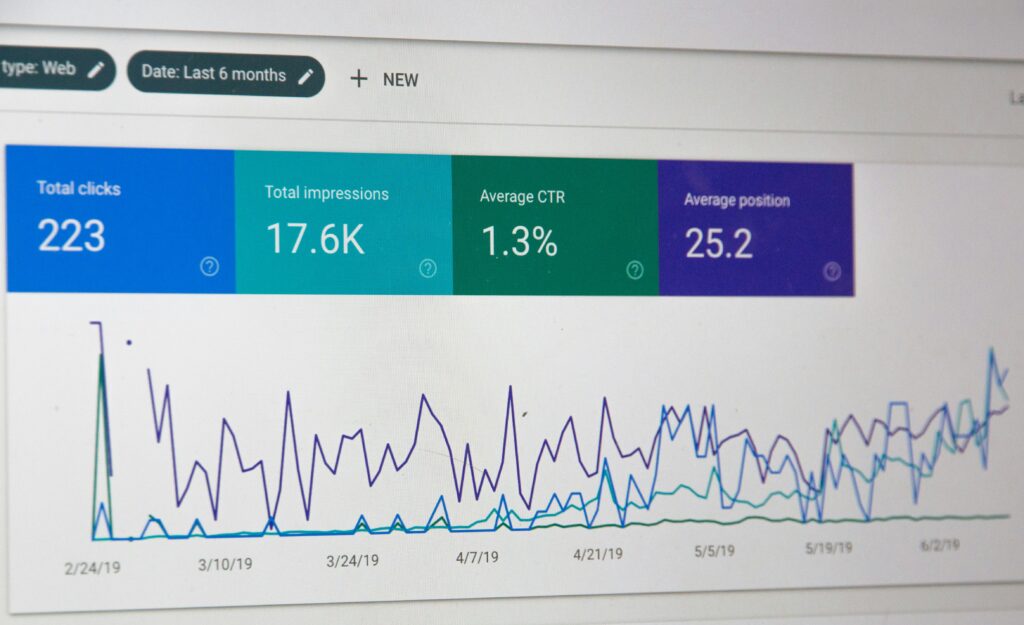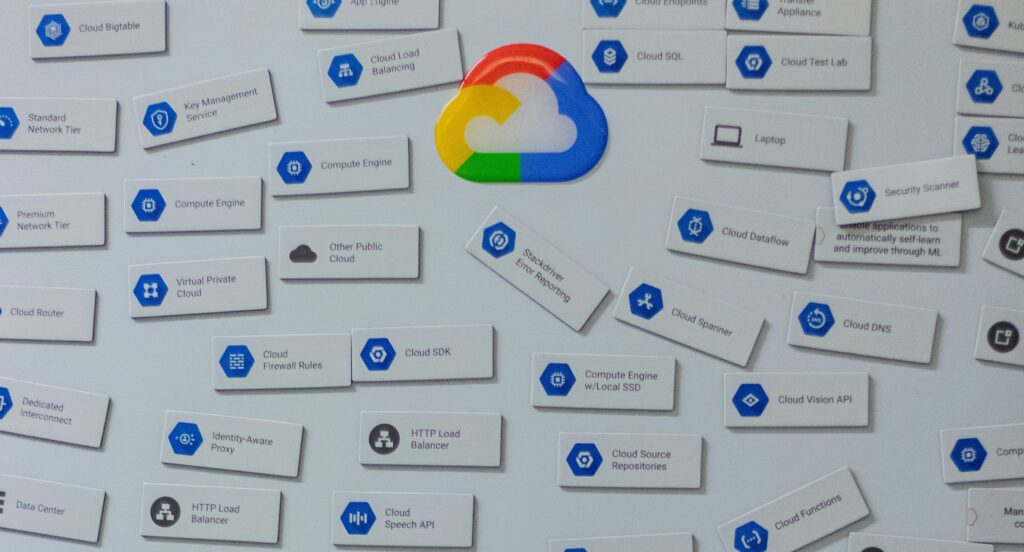The contemporary landscape of digital trends and technological advancements has significantly broadened the horizon of digital signage applications across major sectors like retail, corporate brands, hotels, spas, recreational centers, malls, and stadiums. Unlike the traditional approach of relying on large billboards and neon signs, the current focus of marketers in the realm of digital signage is centered around creating engaging and interactive content. Both local and international business entities are allocating substantial portions of their marketing budgets to hire top-notch advertisers for crafting innovative digital advertisements.
In this article, we delve into the latest trends in digital signage and their impact on the marketing strategies employed by businesses.
Performance Tracking Challenges and Solutions:
One of the primary challenges faced by digital advertising agencies is the difficulty in accurately tracking performance metrics. Presently, digital marketers struggle to measure the effectiveness of their digital advertising campaigns and often remain uncertain about the reach and visibility among their target audience. Despite employing robust marketing strategies and budgets, performance tracking is primarily limited to online advertising through PPC campaigns.
However, various technologies are available to aid advertising agencies in tracking performance through digital signage systems. Motion sensors and face recognition cameras can gauge when individuals engage with digital content. Additionally, AI technology assists in tracking parameters like age and gender through body actions and facial expressions.
Integration of Multi-Touch Sensors and Applications:
The integration of touchscreens plays a crucial role in monitoring user interaction with digital advertisements. Multi-touch sensors allow tracking of total clicks on specific digital advertisements, indicating the growing interest of digital marketers in AI technology for signage advertising. Touchscreen features, along with facial recognition, promise ease and convenience in monitoring the performance of diverse digital campaigns.
The widespread use of touch screen technology in everyday tasks, exemplified by smartphone brands like the iPhone, has made multi-touch sensors accessible for various digital formats at economical rates. This popularity is particularly evident in sales and marketing practices where products are showcased and marketed to customers through touchscreens.

Despite ongoing research in multi-touch technology, businesses face technical challenges due to the scarcity of suitable touchscreen devices and software. To address this, developers are creating customized applications tailored to meet the needs of digital marketing strategies. However, the development of such applications requires considerable time and expertise, leading to challenges in profitability for advertisers.
Optimizing touchscreens in digital marketing can be achieved by adopting universal software developed using cost-effective tools and services.
Enhancing Customer Interaction through Multi-Touch Sensors:
Digital signage systems are proving beneficial for various industries and businesses, extending beyond retail brands. This technology facilitates interactive relationships with customers, allowing them to independently scan products or services. All relevant details are then displayed on a tablet or touch screen, enhancing customer engagement.
Cloud Technology for Efficient Content Storage:
Traditionally, digital advertisers relied on SD cards to update content on digital signage systems due to their affordability and convenience. However, cloud technology has emerged as an advanced alternative, offering quicker and more reliable content storage. This approach allows for the efficient management of large volumes of data within a single platform and promises enhanced transparency in online operations.

QR Codes for Product Recognition:
The ongoing trend of digital signage is revolutionizing communication and interaction with customers. The use of QR codes for product recognition is transforming the retail experience, enabling customers to make purchases with minimal reliance on attendants or cashiers. This shift is exemplified by the success of Tesla‘s Cybertruck, where customers globally preordered their trucks online through Tesla’s showrooms.
In conclusion, while conventional digital signage systems provided affordability and convenience, businesses are now prioritizing maximum client engagement and interaction through advanced technologies such as AI and touchscreen features. These trends reflect the evolving landscape of digital advertising and its impact on enhancing customer experiences.





